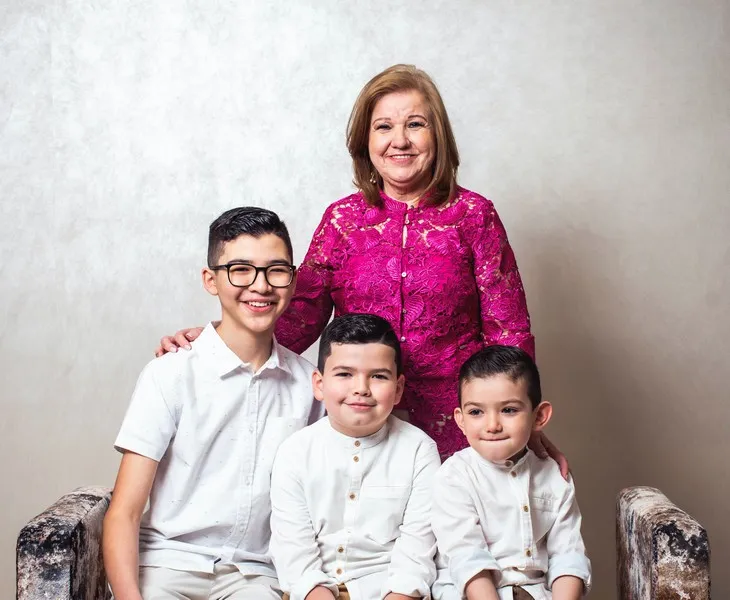Table of Contents
- Understanding Moieties
- Functions of Moieties in Society
- Types of Moieties
- Examples of Moieties
- Sociological Implications of Moieties
- Challenges in Studying Moieties
- Conclusion
In the discipline of sociology, the concept of a “moiety” occupies a significant place, particularly in the study of kinship systems, social structures, and cultural anthropology. A moiety refers to one of two social or kinship groups into which a society may be divided. The term originates from the French word “moitié,” meaning “half,” reflecting the binary division of a community or tribe. While moieties are most often studied in the context of small-scale societies, they also offer profound insights into how human communities organize themselves and maintain social order. This article explores the concept of a moiety in sociology, its functions, and its implications for understanding social cohesion and stratification.
Understanding Moieties
Definition and Characteristics
A moiety is one of two complementary social or kinship groups that exist within a society. These groups are often exogamous, meaning that individuals must marry someone from the opposite moiety. This system ensures social interdependence and prevents inbreeding. Moieties are not just arbitrary divisions; they are deeply embedded in the social fabric, often tied to mythology, rituals, and economic exchanges.
The defining characteristics of moieties include:
- Binary Division: Societies with moieties are divided into two mutually exclusive groups.
- Exogamy: Marriage is typically prohibited within one’s own moiety, encouraging alliances between groups.
- Ritual and Mythological Significance: Moieties often carry symbolic meanings and are connected to cultural narratives.
- Economic Functions: They may play a role in redistributing resources or labor within the community.
Historical and Anthropological Context
The study of moieties gained prominence through the work of early anthropologists such as Claude Lévi-Strauss and Alfred Radcliffe-Brown. These scholars examined moieties in various indigenous societies, such as those in Australia, Melanesia, and North America. They discovered that moieties are often central to the organization of kinship, governance, and cultural identity.
For example, in many Australian Aboriginal societies, moieties are linked to totemic systems, where each group is associated with specific animals, plants, or natural phenomena. These associations guide social behavior and ecological stewardship, demonstrating the intricate relationship between cultural systems and the natural environment.
Moieties are not just relics of traditional societies; they reveal enduring principles about how human communities balance individual needs and collective responsibilities. The binary nature of moieties serves as a lens to examine the interplay between structure and agency, a key sociological theme.
Functions of Moieties in Society
Social Organization
Moieties serve as a foundational structure for organizing societies, particularly in kinship-based communities. By dividing a population into two groups, moieties simplify social relationships and provide a framework for interaction. Each member knows their obligations, rights, and social position relative to others. This clarity fosters stability and predictability, which are essential for maintaining social order.
The simplicity of a dual-group structure allows for efficient conflict resolution, as disputes are often mediated by representatives from each moiety. This system minimizes internal discord and strengthens the group’s resilience against external threats.
Regulation of Marriage
One of the primary functions of moieties is to regulate marriage. Exogamy ensures that individuals form alliances with members of the opposite moiety, fostering social cohesion and cooperation. This practice also strengthens the genetic diversity of the community, a benefit recognized by both sociologists and biologists.
Marriage alliances often extend beyond immediate family ties, creating networks of obligation and support. These networks are vital for the redistribution of resources, care for dependents, and the transmission of cultural knowledge. The enforcement of exogamy by moieties reinforces the importance of these broader social connections.
Ritual and Symbolism
Moieties often play a central role in the spiritual and ritual life of a society. Each moiety may be responsible for specific ceremonies or sacred duties, such as initiation rites, funerals, or seasonal festivals. These rituals reinforce group identity and the broader cultural narrative, creating a sense of belonging and purpose.
Symbolism is a powerful aspect of moieties. They are frequently associated with natural elements or totems, such as animals, celestial bodies, or geographic landmarks. These associations imbue moieties with a deeper meaning, connecting members to their environment and shared heritage.
Economic Cooperation
In many societies, moieties are involved in the distribution of resources and labor. This system ensures that no single group monopolizes wealth or power. For instance, reciprocal exchange between moieties fosters economic balance and mutual dependency. This form of cooperation is not merely economic; it reinforces social ties and trust, which are critical for collective survival.
In agricultural societies, moieties might alternate responsibilities for planting and harvesting crops. In hunting or foraging communities, they may coordinate the sharing of food and tools. Such systems highlight the interdependence that moieties promote within the broader social structure.
Types of Moieties
Patrilineal Moieties
In patrilineal moieties, membership is determined through the male lineage. Children belong to the father’s moiety, and this lineage influences marriage, inheritance, and social roles. Patrilineal systems often emphasize male authority and succession, reflecting broader societal values about gender and power.
Matrilineal Moieties
In matrilineal moieties, membership is traced through the female lineage. This structure often grants women significant influence in social and familial matters. Matrilineal systems may prioritize maternal kinship ties in inheritance and governance, showcasing an alternative model of power distribution.
Symmetrical and Asymmetrical Moieties
Moieties can also be classified based on their level of equality:
- Symmetrical Moieties: Both groups are equal in status and responsibilities. Symmetry promotes balance and fairness, making it a model for egalitarian social organization.
- Asymmetrical Moieties: One group holds more power or prestige than the other, often reflecting broader social hierarchies. Asymmetry can lead to stratification but may also serve specific functional purposes, such as centralized decision-making.
Examples of Moieties
Australian Aboriginal Societies
Get the full article AD FREE. Join now for full access to all premium articles.
View Plans & Subscribe Already a member? Log in.





